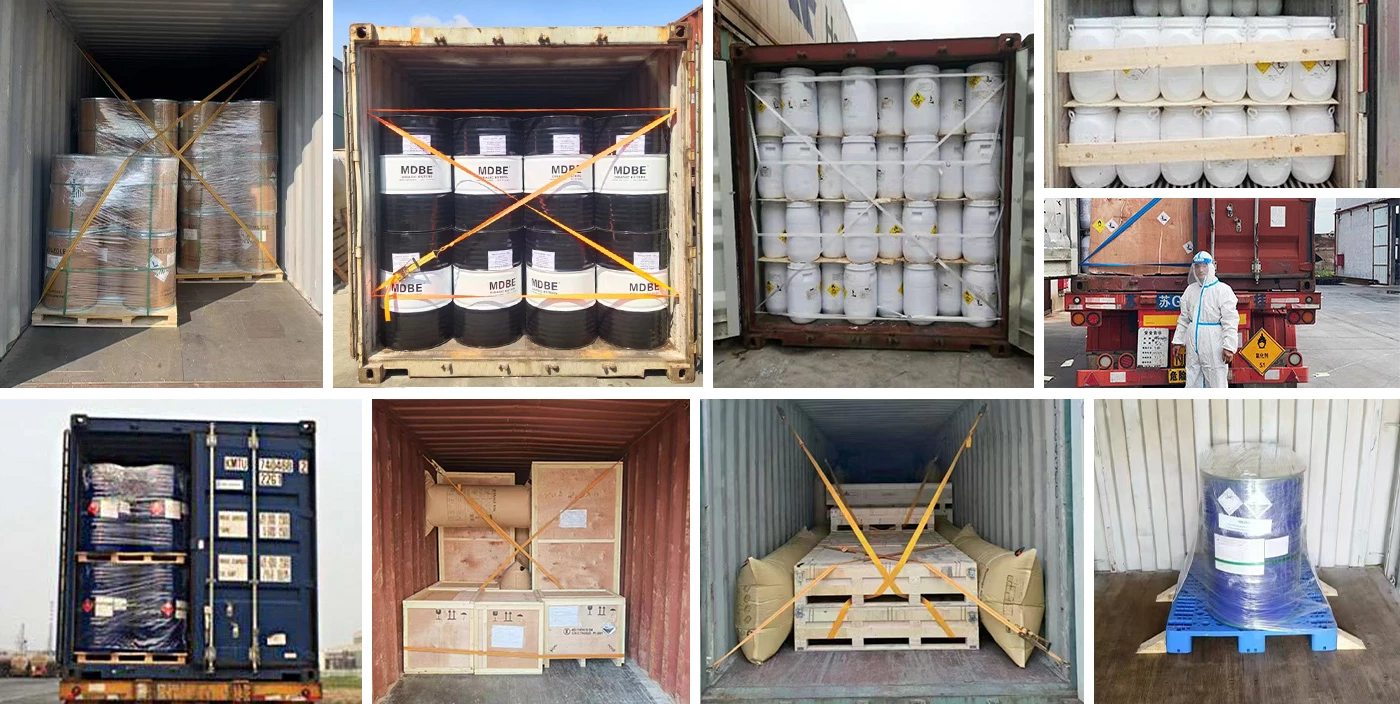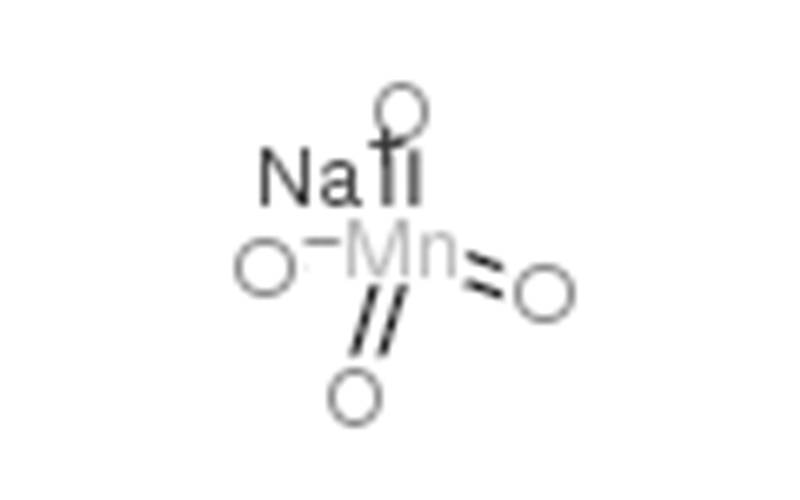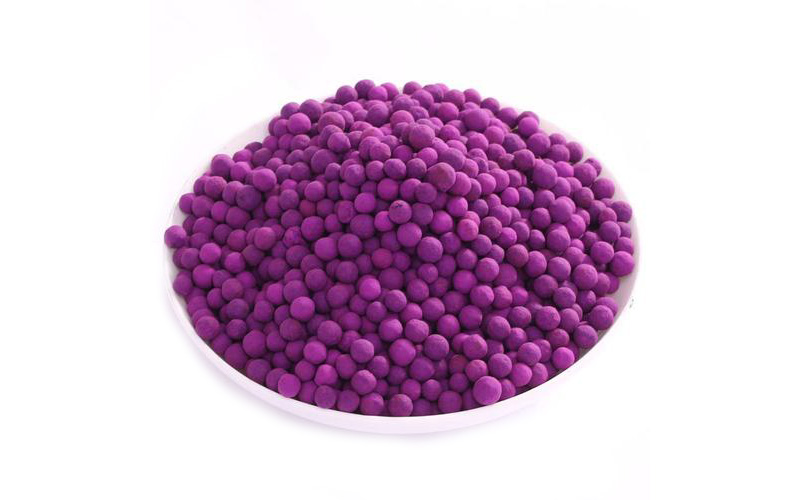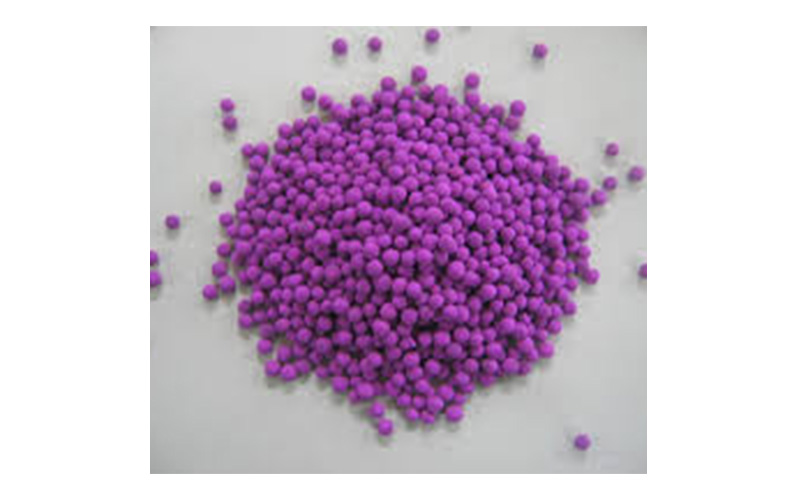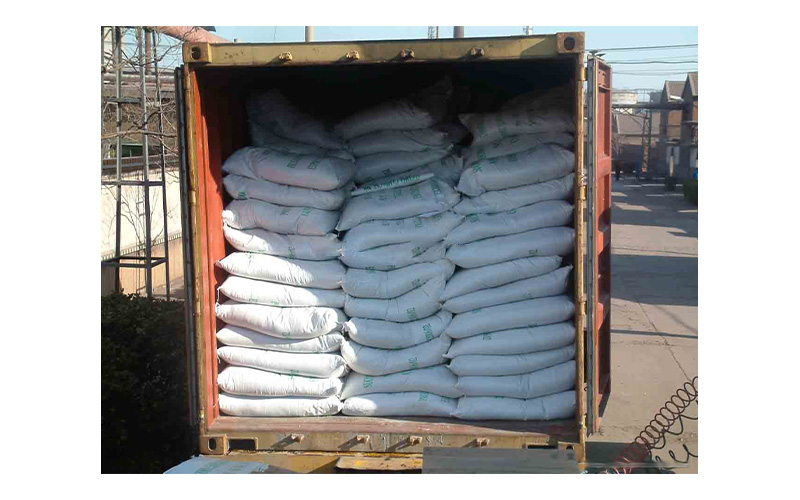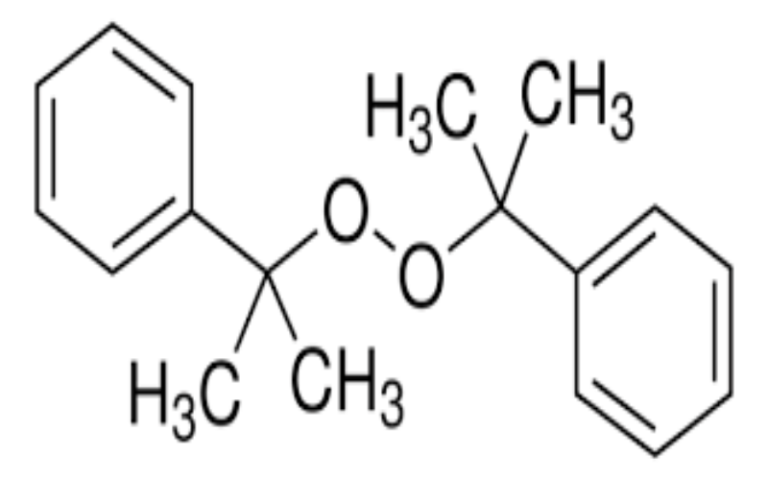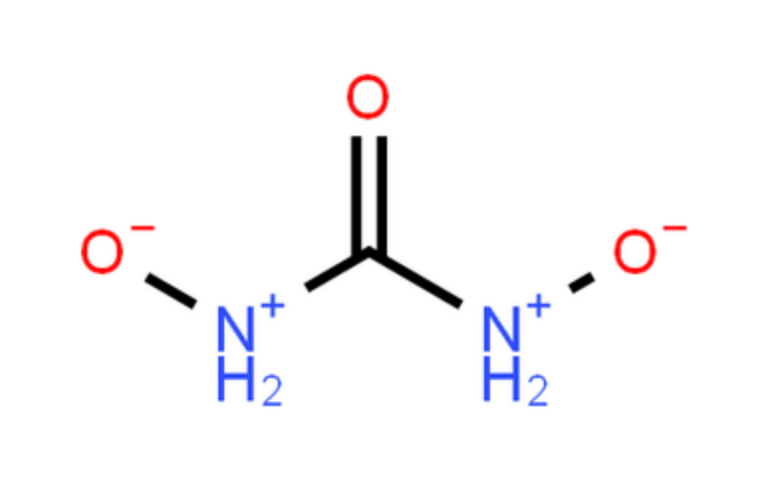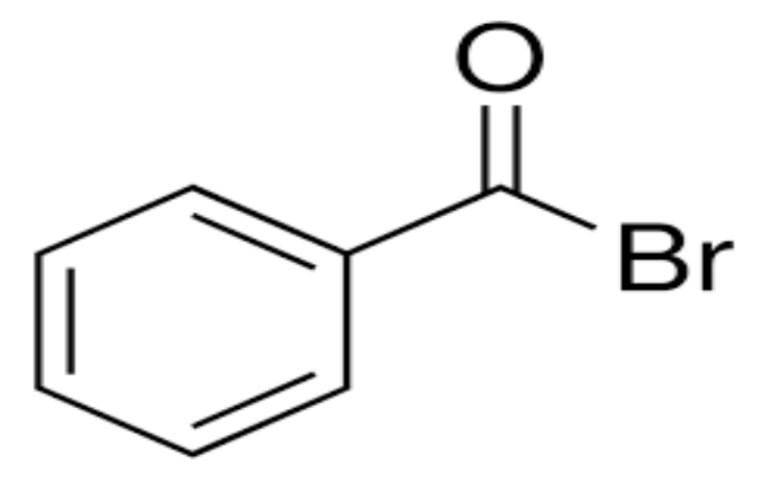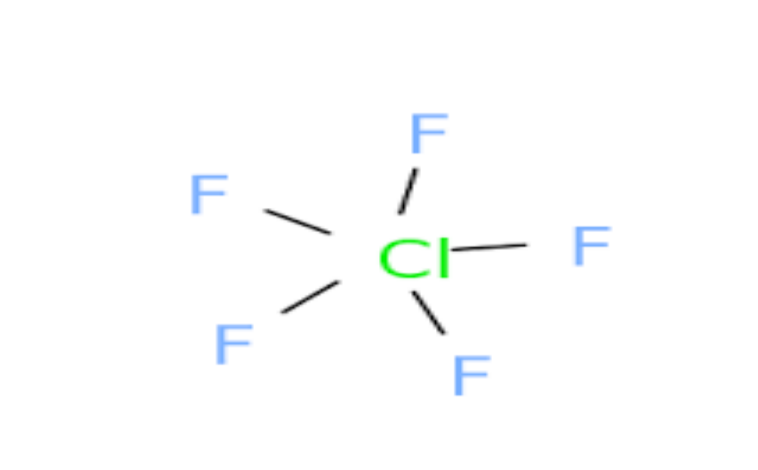Product Introduction
- Function and use: It can be used as an oxidant, disinfectant, bactericide, antidote for and phosphorus, metal cleaning agent, etc. It is used for the manufacture of toluene-based saccharin, the refining of o-toluenesulfonamide, and the treatment of phenol-containing wastewater in organic synthesis. It is also used for circuit board printing, electroplating degreasing, chemical fiber finishing, and the removal of odors such as hydrogen sulfide.
- Preparation method: double decomposition reaction method, electrolysis method, chlorine oxidation method, other methods
- Hazardous characteristics: Strong oxidant, it can explode when it encounters sulfuric acid, ammonium salt or hydrogen peroxide. It can cause spontaneous combustion when it encounters glycerol and ethanol. There is a risk of combustion and explosion when it contacts or mixes with reducing agents, organic matter, and flammable substances such as sulfur and phosphorus.
- Combustion (decomposition) products: manganese oxide.
- Emergency treatment: Isolate the leaked contaminated area and restrict access. It is recommended that emergency personnel wear self-contained breathing apparatus and wear anti-toxic clothing. Do not directly contact the leaked material. Do not allow the leaked material to contact with organic matter, reducing agents, and flammable materials. Small leakage: Mix with sand, dry lime or soda ash. Collect in a sealed container, mark and wait for processing. Large leakage: Cover with plastic sheet or canvas to reduce flying. Then collect and recycle or transport to a waste disposal site for disposal.
- Safe storage conditions: Store in a cool, ventilated warehouse, away from fire and heat sources, and the packaging must be sealed.
Application areas
- Water treatment: Sodium permanganate can be used for drinking water purification and wastewater treatment, especially in removing refractory organic matter and disinfection by-products.
- Disinfectant: Due to its broad-spectrum bactericidal ability, sodium permanganate is widely used in the field of disinfection and can be used for disinfection and sterilization of the environment and equipment.
- Chemical synthesis: In the chemical industry, sodium permanganate can be used to synthesize certain chemicals, such as saccharin manufacturing.
- Medicine: In the pharmaceutical field, sodium permanganate can be used in the synthesis of specific drugs or as an oxidant.
- Metal cleaning agent: In the process of metal surface treatment, sodium permanganate can be used to clean the metal surface and remove oil and impurities.
- Preservative: In some cases, sodium permanganate can be used as a preservative to prevent the corruption and deterioration of materials.
- Oxidant: In organic synthesis, sodium permanganate is often used as an oxidant to oxidize certain organic compounds.
Our company specializes in hazardous chemicals, flammable and explosive chemicals, toxic chemicals (legal export), ultra-pure and high-purity reagents. Welcome to contact us.
Packing and shipping
